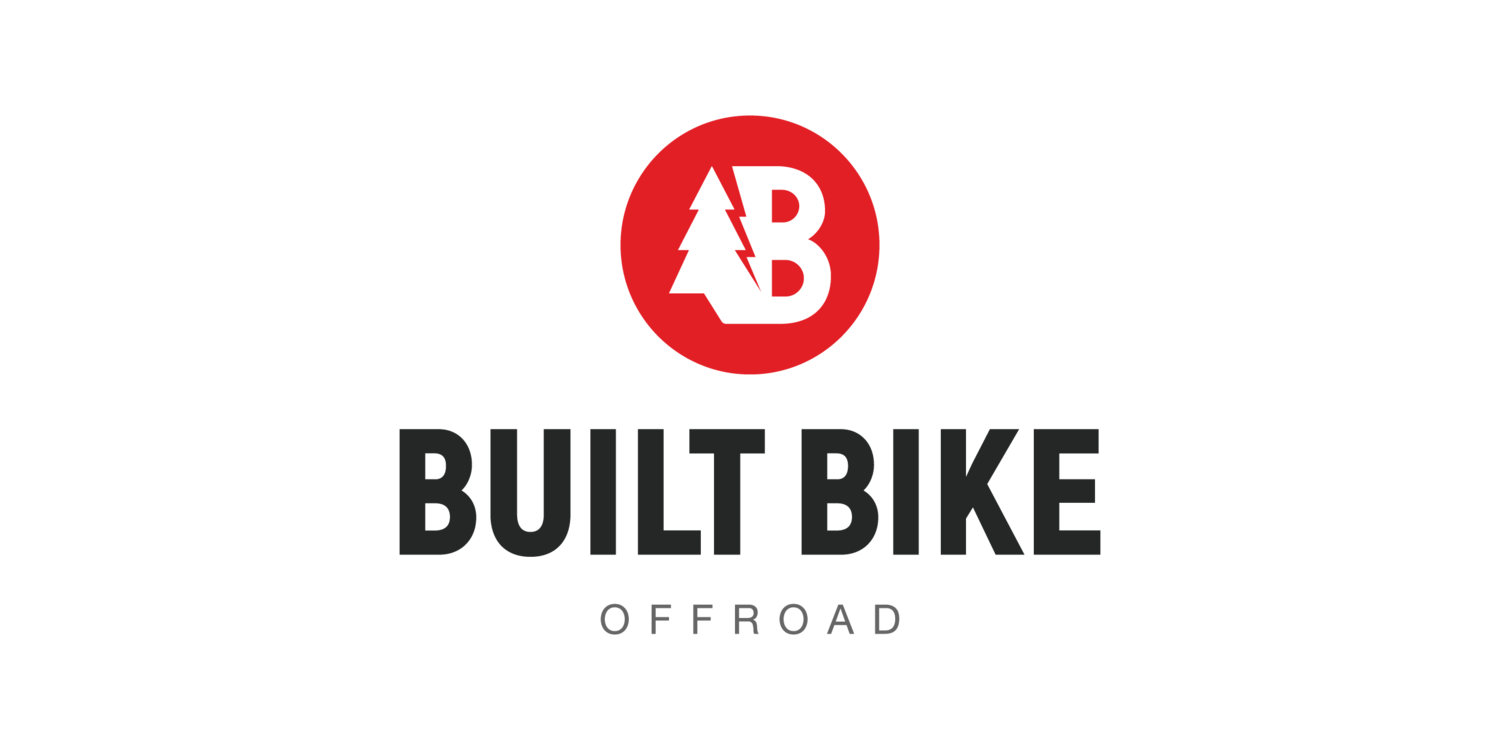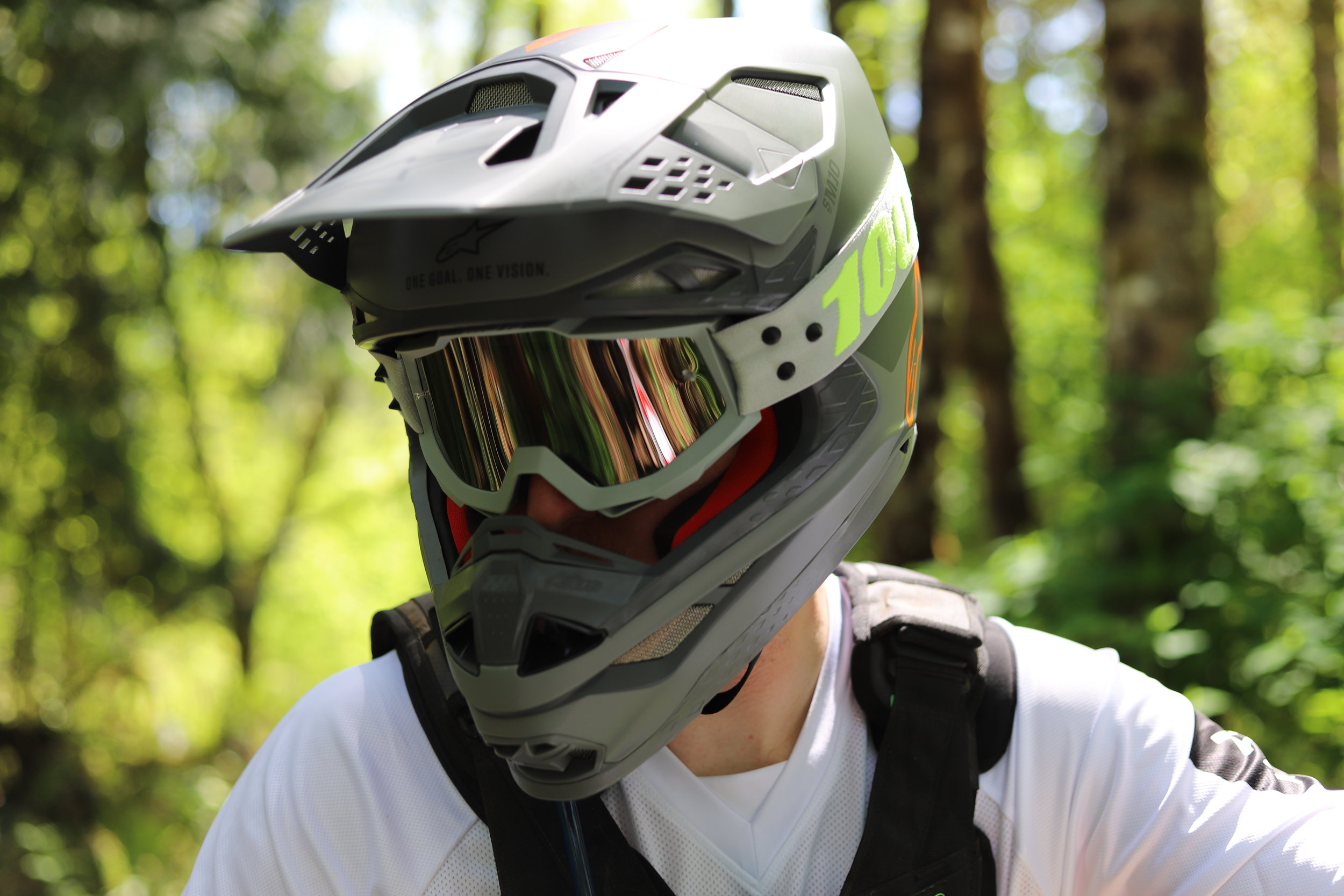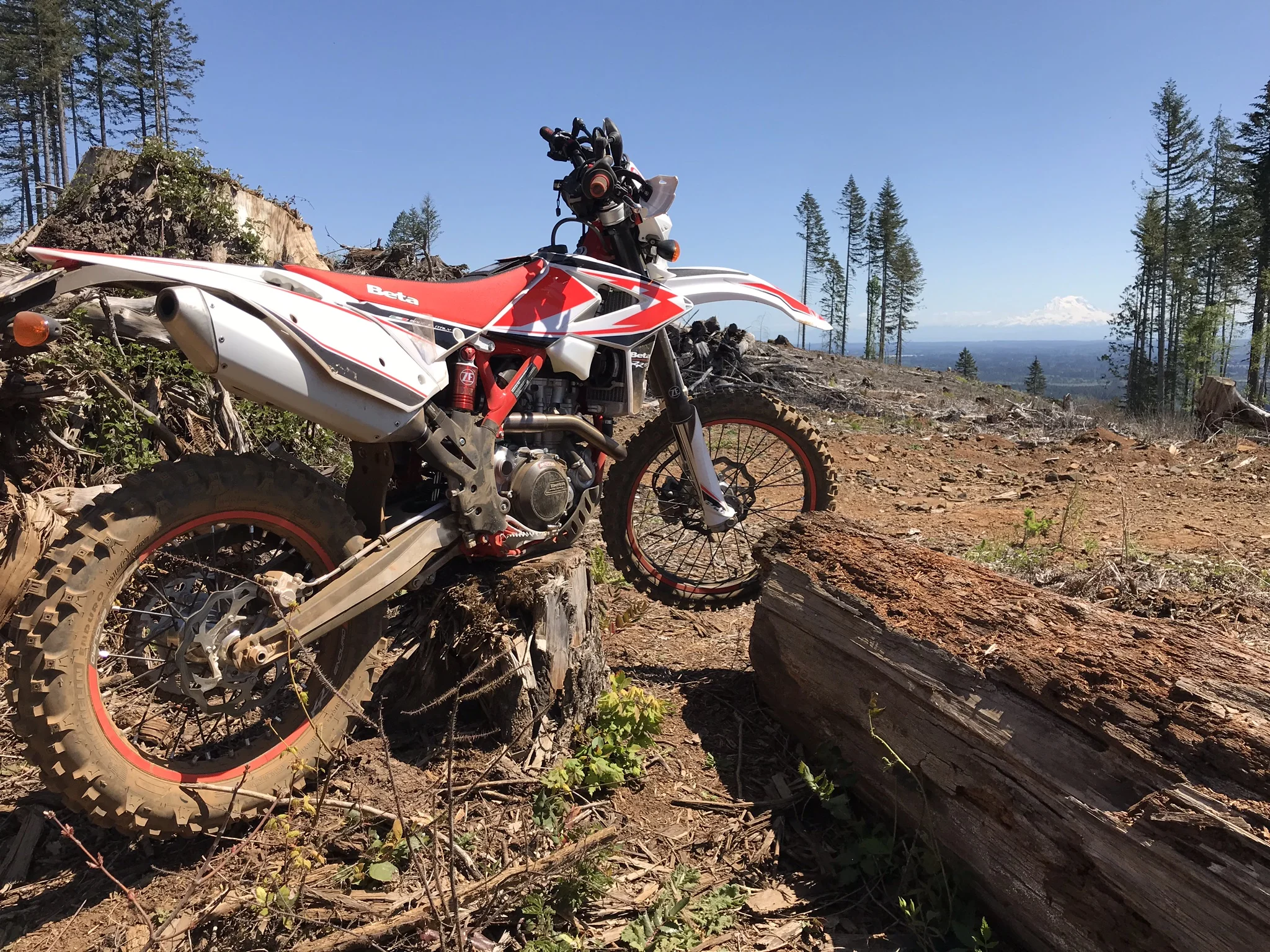Camera Drones for Off Road Riding - Parrot Anafi Review
@SierraMotoGuide here to expand on my Parrot Anafi review. If you haven’t seen my video review yet check it out below. In this post i’ll expand on all the points in the video review and add a few more. For those who aren’t familiar with Parrot it is a French company that has been building drones since 1994. They have released many cheaper drone options and some toy drones. The Anafi is the first drone they have released to go head to head with the offerings from the drone powerhouse DJI.
To recap, I think the Parrot Anafi is the best drone for moto filming on the market at the moment. It’s not a perfect machine, but when you look at it from all the angles, I think its the most perfect option out there at the moment. To start with we have to talk about the price, on Amazon the Anafi is currently selling for $599. Compare that with the Mavic 2 Pro at @1,449 or even the Mavic air at $699.
The Anafi has a folding design similar to DJI’s Mavic line.
Next we need to talk about the size. The Anafi comes in at 320g and when folded it is 244x67x65mm. That’s about the size of a water bottle, a very compact and easy to carry size. In addition the Anafi comes with a very nice zippered hardcase that’s just slightly larger than the Anafi itself. In the case i’d compare it to a subway sandwich. I love that they give you the zippered case as it really protects the Anafi in your bag and keeps the props from flopping around. The Anafi has a 25 minute flight time per battery which is right at the top time of comparable drones on the market. I have 5 batteries for the Anafi but generally only take 3 on a ride as 3 provides me with 115 minutes of footage. Parrot claims that the Anafi will withstand 31mph winds and I have found that it does generally work quite well in strong winds. It can reach a maximum of 35mph in tracking modes which sounds rather slow but most tracking drones max out around 25mph.
Just slightly larger than a water bottle the Anafi is very compact and light.
Even in it’s carry case, the Anafi Parrot fits easily in my USWE Airborne 15 pack.
On the functional side the absolute best part of the Anafi are its control and follow functions. First the Anafi can be controlled just with your cell phone. A very nice controller is included but for moto rides I’ve found that its much easier to just leave the controller at home and run the Anafi off your smartphone. Using just my smartphone I have been about to fly the Anafi out to almost 1000 meters. The Anafi has panel antennas in each of its legs that seem to give it amazing range. I will point out that you want to put your smartphone on airplane mode and then turn on the WiFi when flying off your phone. Leaving the rest of the radios on in your phone will significantly cut down on the range. The Anafi is also full featured when you are flying from your smartphone with no additional limitations. The few aircraft that DJI makes that can be controlled direct from your phone, like the Mavic Air and the Spark, are limited to 100m from takeoff point which makes them fairly un-useful for moto follow footage.
The Anafi features the same visual tracking that is found on many other drones. You simply drag a box around the object you want to track and the Anafi will fly along and keep it in frame. Additionally the Anafi uses the GPS location and the barometer of your cell phone. The GPS is used to supplement the visual tracking. If the visual tracking loses you in shadows or behind an object the GPS will continue to be tracked even if the drone can’t see you. This has allowed me to ride around for 25 minutes without the Anafi losing track of me. A stunning feat for a drone at this price. In addition to the GPS function, the Anafi will also use the barometer of smartphones to track the altitude of the subject. So if you are riding uphill the Anafi will climb with you as you ascend. This greatly increases the ability to use the drone in uneven terrain where other drones are likely to lose you as you go uphill or down.
While I do think the Anafi is the best option for moto riders that is not to say it is without it’s faults. One big area where it lacks compared to the competition is obstacle avoidance. The Anafi has none. This does put the drone at more risk when flying in follow modes as if there is a tree or hillside there is nothing to stop the drone from hitting it other than the rider being aware and using their smartphone to re-position the Anafi. One point to consider on this though is that most other drones that do have obstacle avoidance are limited to 25 mph. The reason for that limitation is that any faster than that and the sensors cannot see far enough ahead to have time to stop the drone from hitting an object. 25 mph is rather slow so the option on those other drones is to disable obstacle avoidance to allow higher tracking speeds. But at that point you have paid for obstacle avoidance you have now disabled plus the drone is carrying the extra weight of the sensors reducing your battery time. There is also a significant cost savings with the lack of obstacle avoidance so all those things must be considered. To further complicate the lack of obstacle avoidance though the barometer tracking feature also leaves something to be desired. It seems that the refresh rate of the altitude tracking is rather low. This means that if you go up a very steep climb it is likely that the Anafi will not climb fast enough or quick enough and will end up impacting the ground. I will tell you that I have crashed my Anafi about 6 times and the majority of the crashes have been cases where I have gone up a steep hill and the Anafi has not climbed fast enough. But to the Anafi’s credit it has come away from all those crashes with nothing more than scratches and a broken prop (spare are provided). In every case I have been able to at worst replace a broken prop and in most cases just dust it off and put it back up in the air. I believe that the Anafis durability comes from its light weight, when there is an impact there is just less mass behind it to actually break something.
As mentioned earlier the Anafi has multiple shooting modes, and one solution I’ve found to the slow climb rate on steep terrain is to use Cameraman mode. This mode will let you position the Anafi manually and then it will hold that position while still visually turning the camera and tilting to track you. So while you don’t get as dynamic of a shot as you would with it following you in normal follow mode, it is at least a way to capture those steep climbs and descents.
For Parrot’s first real attempt to compete with DJI and other higher end photography drones I am very impressed with the Anafi. While it does have a few quirks the overall package is very good and at a great price. For moto video I don’t think there is currently another drone on the market that touches the Anafi.










